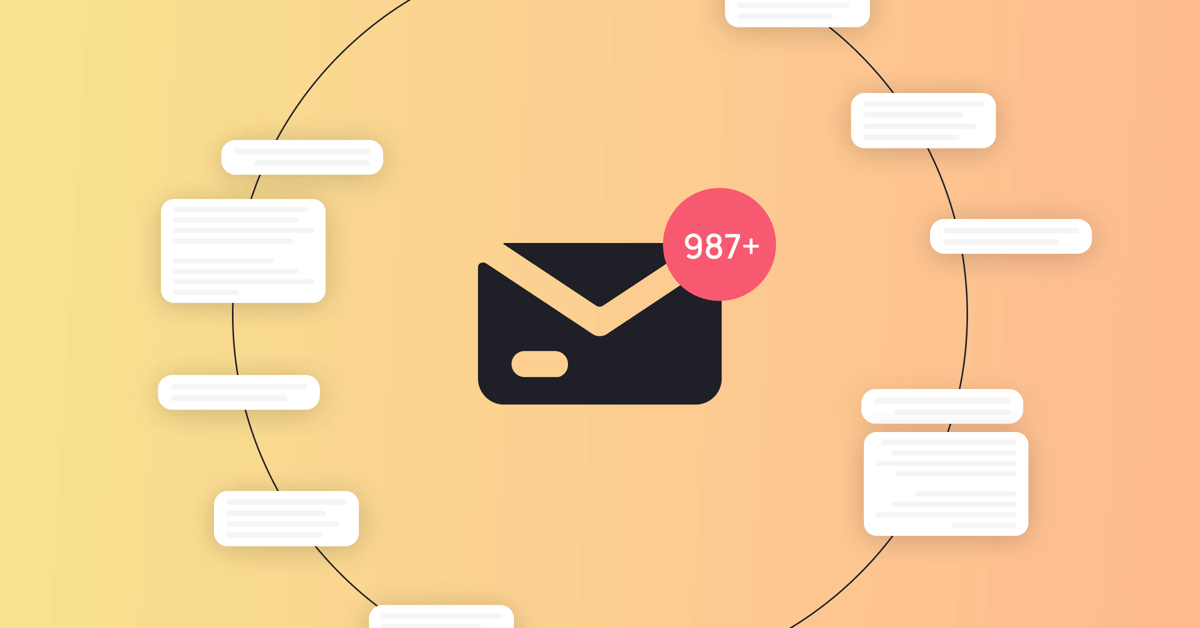“We’re concerned about the unpredictability of costs”
We understand that support volumes can be unpredictable, and you’re under pressure to keep cost estimates consistent. It’s true that with increased volumes, there will be increased costs. But think of the alternative to automating: having to increase your headcount temporarily or even outsource your support function can be extremely costly and cause you to lose ownership of support and your customer experience.
With automation however, you reduce the impact fluctuations in staffing requirements have on your business. This is because, when contact volumes surge, you already have the technology in place to deal with these increases, allowing you to scale up at a fraction of the cost while maintaining a consistent customer experience. Being proactive and strategic by using automated support rather than reactively hiring and firing agents for peak season means no what your contact volumes are like, you can rest assured your operations are streamlined and efficient.
“Outsourcing to BPOs is easier for us"
Customer support is an industry notorious for high churn rates. Employees left the industry in droves during the “Great Resignation”, with agent turnover rates reaching 30-45%. So rather than constantly hiring new agents, enterprise companies often turn to business process outsourcing (BPOs) for their customer service. These temporary workers are usually paid by the hour, and understandably, they generally have higher AHT and cost per interaction than an in-house agent.
While this may have worked well in the past, outsourcing could be particularly risky this year. There is usually a huge spike in purchasing (and therefore in customer contact volumes) in the lead-up to the holidays, but this year, the recession is hitting everyone hard. People won’t be buying at the same rate they usually do, with 29% of US consumers saying they will spend less this holiday season, so the chances you’ll miss the mark with a BPO are extra high. When compared to the cost of hiring and training BPOs year after year, the start-up cost of an automation solution becomes easier to justify.
And as an added bonus, letting a bot take care of simple requests allows agents to take on more meaningful work. Here at Ultimate, our customers have found that automation creates opportunities for agents to upskill and move into new roles, allowing them to find greater fulfillment at work and supporting their career development.
“We’re not sure our customer requests are suited to automation”
You know your customer support better than we do. That’s just a fact. But when onboarding new customers, we often find that support leaders are surprised by what questions are really being asked the most.
That’s why we developed a free AI-powered tool, The CS Automation Explorer, to analyze all the customer support conversations and group the most common questions together, so you know what to automate first.
Maeve Condell, Ultimate’s Customer Success Lead recalls,
“I had a customer who gave us a list of 15 FAQs they wanted to cover. We could immediately tell from the Automation Explorer’s analysis that two or three of these questions were rarely, if ever, being asked, such as store location or contact info which customers could easily Google.”
If your requests truly aren’t suited to automation, the Automation Explorer will report a low potential automation rate. But don’t fret if it isn’t as high as you hoped — you can always increase automation with backend integrations.
Integrations help maximize your ROI by automating some requests end-to-end. Essentially, you connect your virtual agent to your back office systems, like your reservation calendar or your delivery service, to automate processes without the need for human intervention.
Putting off automation until your requests seem repetitive enough or your tech stack is ready for tons of API integrations is riskier than simply starting small. Especially when your competitors are adopting AI solutions faster than ever. Gartner projects that one in 10 agent interactions will be automated by 2026. So whether you feel ready for it or not, the reality is that most customer support operations are well-suited to automation. And the best time to start is now.
Staying ahead of the curve with automation
While at first glance, launching an automation solution may seem like a large upfront cost, it’s clear that doing nothing may actually be much more costly over time. If you hesitate to automate, your competitors will win over your customers and take down market share, agents will end up feeling burnt out and churn rates will increase, and the expense of hiring temporary human resources will add up to more than the cost of an automation solution (not to mention the loss of ownership over your customer experience to a third party).
It might seem like a dramatic take on the matter, but that's what happens when companies resist innovation. Rented any good movies from Blockbuster lately?
So if you’re looking to save costs in the long run and come out on the other side of this recession stronger than ever, now’s the time to automate your support.
